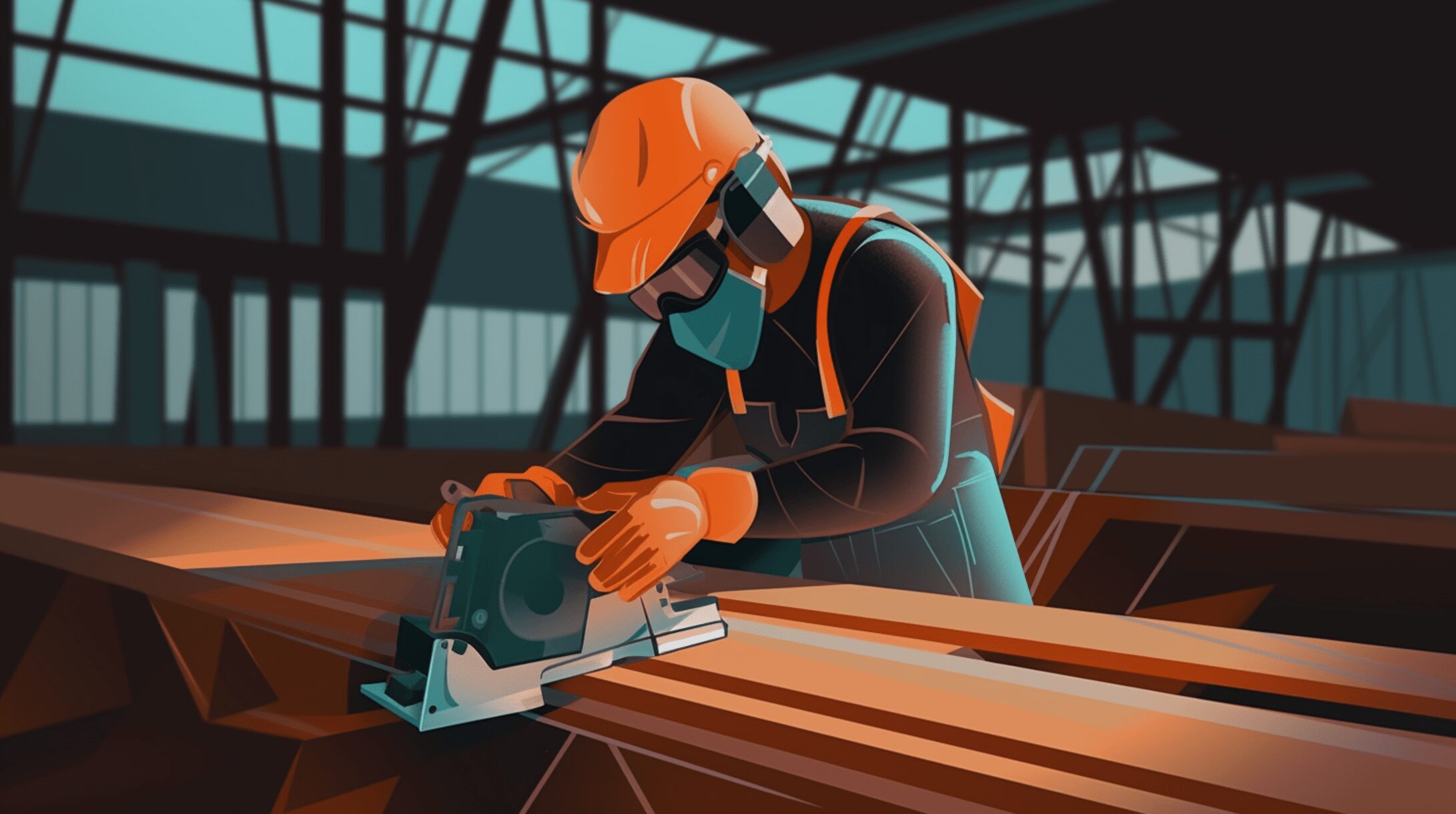
We are reader-supported. When you buy through links on our site, we may earn an affiliate commission.
Statistics published for April 2019 by the U.S. Bureau of Labor Statistics and explored by the National Association of Home Builders (NAHB) found a staggering 404,000 unfilled positions in the construction sector — the highest number tallied in the post-Great Recession era. Understanding how to solve the construction labor shortage means assessing the factors that caused it. Here are some of the primary culprits.
Construction Professionals Are Getting Older
Statistics collected during NAHB’s 2018 Current Population Survey showed that a progressively higher percentage of construction workers fall into the 55+ age bracket. For example, such professionals accounted for 16.8% of construction workers in 2010, but 21.7% in 2018.
As construction workers retire, their valid decision to leave the workforce contributes to the labor shortage. It’s not only their lack of physical presence that exacerbates the circumstances, however. Construction professionals — who may have several decades of experience — can provide valuable tips to people who have only recently entered the workforce. They serve as mentors even if not expected to do so in an official capacity.
In Japan, a quarter of construction workers are over 60. Government officials introduced a computerized system there to let professionals in the sector register their qualifications and experience. People then get one of four identification card types corresponding to the information entered. The idea is to provide a visual representation of skills. Employees with more to offer could expect better pay and working conditions and therefore want to stay in the industry longer.
The Industry Lacks Trained Workers
An inadequate number of workers with the necessary training is another problem causing the construction labor shortage. Jordan Blair is the executive director of the Sacramento Regional Builders Exchange Education Foundation. It’s an arm of the California association that encourages young people to pursue construction careers. Blair said that for every five construction workers ready to retire, only one person entering the workforce has the formal training needed to take their place.
Moreover, a nationwide survey of construction contractors conducted in 2019 found that 80% of them had trouble filling the hourly craft positions making up most of the roles in the sector. Additionally, 73% expected similar or worsened challenges in the following 12 months. A poor-quality local pipeline for finding new workers was an issue cited by 45% of those polled.
Companies responded in various ways. Increasing base pay rates was a method deployed by two-thirds of companies, the research indicated. Other popular approaches were to offer incentives and bonuses to people who have the required skills. Some construction businesses prefer to focus on in-house education most of all. The statistics confirmed that half the respondents provided skill-building programs, and 46% launched or expanded internal training options.
People Perceive Construction as an Unattractive Industry
Japan’s efforts to keep people in the sector for longer periods came about partially because of widespread unfavorable impressions about the industry. Those sentiments persist elsewhere, too. If enough people express them, their opinions could make individuals pursue other career paths, even if the construction sector initially interested them.
Contractors participating in a 2019 study discussed the most prevalent myths heard about their sector. The statistics indicated that 61% believed the most common myth was that all construction roles are “dirty” jobs. Another interesting conclusion was that 55% blamed the belief that people think all construction jobs require brute strength. These misguided beliefs could make people believe they are ill-suited for open roles and not want to do them even if the work was a better match.
Companies operating in the construction sector should consider creating campaigns that show what a day on the job is really like. These efforts could also dispel other qualms — such as the genuine concern that the sector poses inherent safety dangers. People who don’t know better may focus on threats and overlook risk prevention efforts, but construction businesses could explain what they do to reduce injury rates.
The COVID-19 Pandemic Worsens Existing Challenges
The reasons for the construction labor shortage mentioned until this point were all present before the COVID-19 virus shook the world and drastically altered work processes. If you’re currently in the sector, your employer may have implemented new rules about social distancing, wearing masks, washing your hands more frequently and reporting instances of feeling sick. The novel coronavirus hit the sector hard, causing the loss of nearly 1 million jobs as of June 2020.
United States’ labor data also showed 181,000 fewer people hired in construction during June than the previous month. Various factors could have triggered that hiring slowdown, including clients choosing to delay or cancel projects due to budgetary concerns caused by COVID-19’s economic crunch. You may think that since the construction sector is not hiring people as often, its labor issues are over for now. However, that’s not necessarily the case.
Many authorities around the world deemed the construction industry essential, meaning work could continue as long as employers and workers abided by new rules. However, since people must isolate themselves after confirmed or suspected exposures to the virus, that requirement could hurt companies that are already struggling to complete projects on time. As team members become ill or go into quarantine, remaining workers have more burdens placed on them.
No Universal Solution for the Construction Labor Shortage
This overview shows it’s too simplistic and short-sighted to blame one factor for the sector’s unfilled jobs. That also means people cannot take a “one and done” approach to solving the problem.
Various efforts — including vocational schools promoting the construction trade, training programs provided by employers, and dedicated efforts to clarify the misconceptions people have about the sector — could ultimately pay off and tackle the challenges mentioned here, as well as other relevant factors that cause obstacles.







